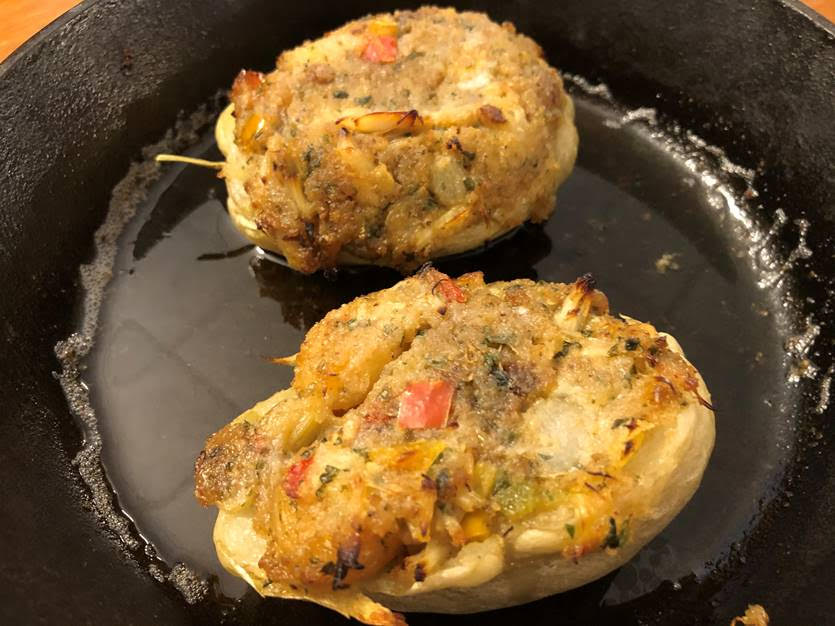
by David Hubbell | Aug 10, 2020 | Mirliton
Background:
On June 20th, 2020, Mirliton.org announced the we were kicking off the Ishreal Thibodeaux White Mirliton Preservation Project in an attempt to bring back, from the brink of extinction, this rare ivory white variety of the mirliton grown and cared for over four decades by Opelousas, Louisiana’s Ishreal Thibodeaux. Since that time, the Phase 1 growers have been continuing toward our goal of both growing and educating the public on this variety as well as the project in general. Originally this venture had four official growers agreeing to adhere to the strict guidelines that were put forth in the preservation plan. ( https://www.mirliton.org/wp-content/uploads/2020/06/Ishreal_Thibodeaux_White_Mirliton_Preservation_Project.pdf)
They are: Keith Mearns with the group Historic Columbia in Columbia, South Carolina; Chris Smith with The Utopian Seed Project in Asheville, North Carolina; Paul D’Anna a long-time independent grower in Metairie, Louisiana; and Chef John Folse growing these at his White Oak Estate and Gardens in Baton Rouge, Louisiana. In addition to these, two other long-time independent growers were added to the official group: James Cobb in Houma, Louisiana and myself, David J. Hubbell in Mobile, Alabama. In addition to the official group, a few pots of sprouted Ishreal Thibodeaux mirlitons were made available to some experienced mirliton growers with the hopes they will also report in on their independent progress.
One thing that may not have been clearly stated is what we will consider success for the Ishreal Thibodeaux White Mirliton Preservation Project? One goal is to re-establish 20-30 sustainable vines that can endure for 5 or more years with long term committed growers willing to dedicate the “rest of their life” to caring for the vines or being the “keeper of the flame”. They would be connected via a network to be able to resupply each other should one lose their crops, plus we could have some guidelines that they maintain to improve their chances going into the future as well as finding someone else to take over for them at some point. Lance Hill has also suggested: “I think a goal of an initial five growers and each year after then, double that number (each grower recruits another grower.) “This plan will surely put us on a path to get to 20-30 growers in just a few years. The key to this will be to also adequately educate the new growers to hopefully plan for issues in the future.
Distribution:
The seed mirliton for the project were provided by Paul D’Anna and Chef John Folse. On June 29th, Chef John carefully packaged four sprouted seed mirliton to send to our growers. These mirliton were wrapped loosely in bubble wrap and placed two to a box, then shipped second day UPS to our Carolina growers.

Image 1. Chef John Folse showing the meticulously wrapped mirliton for shipping.

Image 2. Chef John Folse and White Oak Gardener Brian Ainsworth finishing the packaging the seed mirliton to be sent to the Carolina growers.
They were successfully received in great shape on July 1st and 2nd, where they were unwrapped and potted in 3-gallon pots with a mixture of good potting mix. 
Image 3. Recently unpacked white mirliton from Ashville, North Carolina grower, Chris Smith.
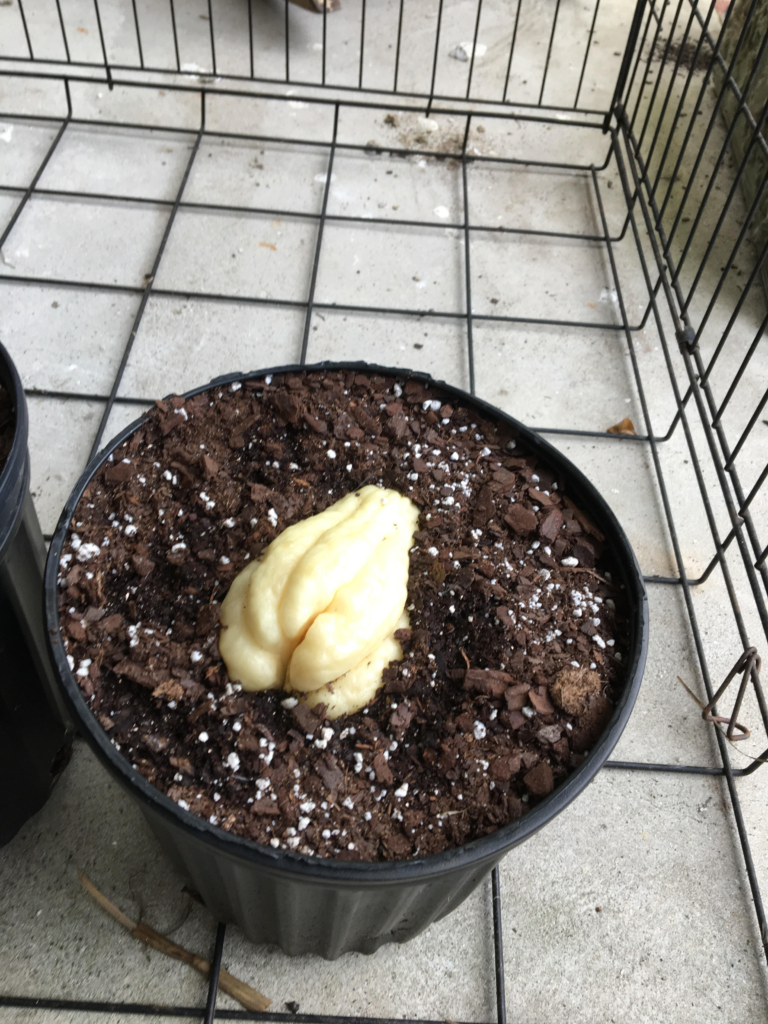
Image 4. Potted white mirliton from Columbia, South Carolina grower, Keith Mearns.
Around this same time, Houma grower James Cobb picked up his potted mirliton from Paul in Metairie.
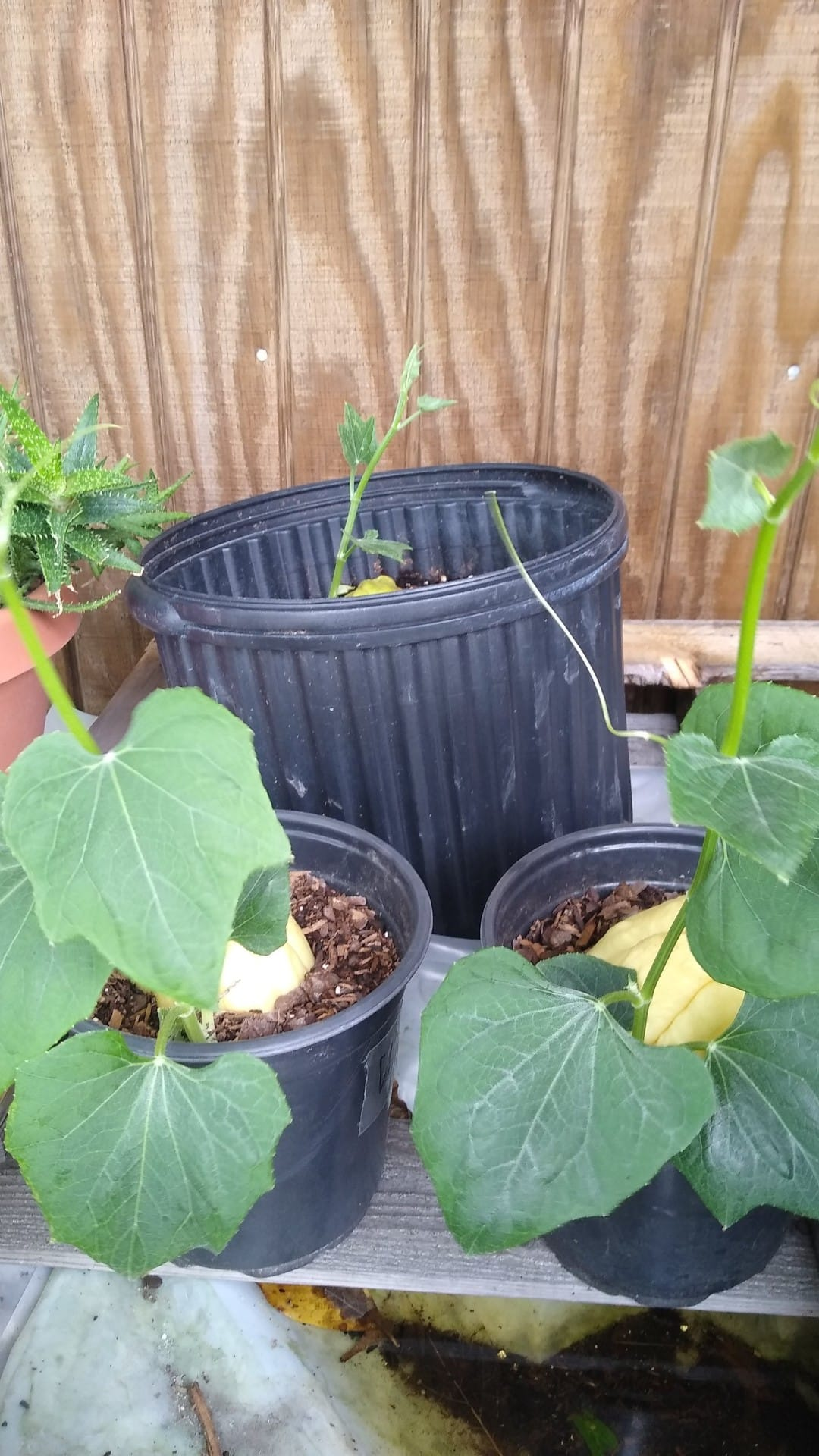
Image 5. Potted white mirliton from Houma, Louisiana grower, James Cobb.
In addition to their distribution efforts, both Paul and Chef John had potted a few of their sprouts to add to their respective gardens to further improve the 2020 Fall yields.
Additionally, Chef John and Brian put together a video to the growers in the Ishreal Thibodeaux White Mirliton Preservation Project which included a mini lesson in history and how to properly pot these seeds mirliton to ensure success.
Insurance and Experimentation:
By July 7th, the core group of first round growers had all received their mirlitons. Since there were some sprouts still remaining, it was decided these would be potted as a bit of insurance in case we encounter any issues before September. If all goes well, any remaining plants not needed in September will be sold to the next round of growers.
Due to the extra sprouts that they had saved, both Paul and John decided to experiment with direct planting into the ground, but both took added precautions to ensure success the intense 98-100 degree heat south Louisiana has been experiencing. In Paul’s case, he planted his in a partially shaded area of yard. John and Brian installed a shade cloth to protect against the heat and their efforts have paid off with three vines having sprung up thus far. Chef John notes “The intense heat has definitely played havoc on the new plantings and we really have to nurse and protect them daily from getting burned up.”
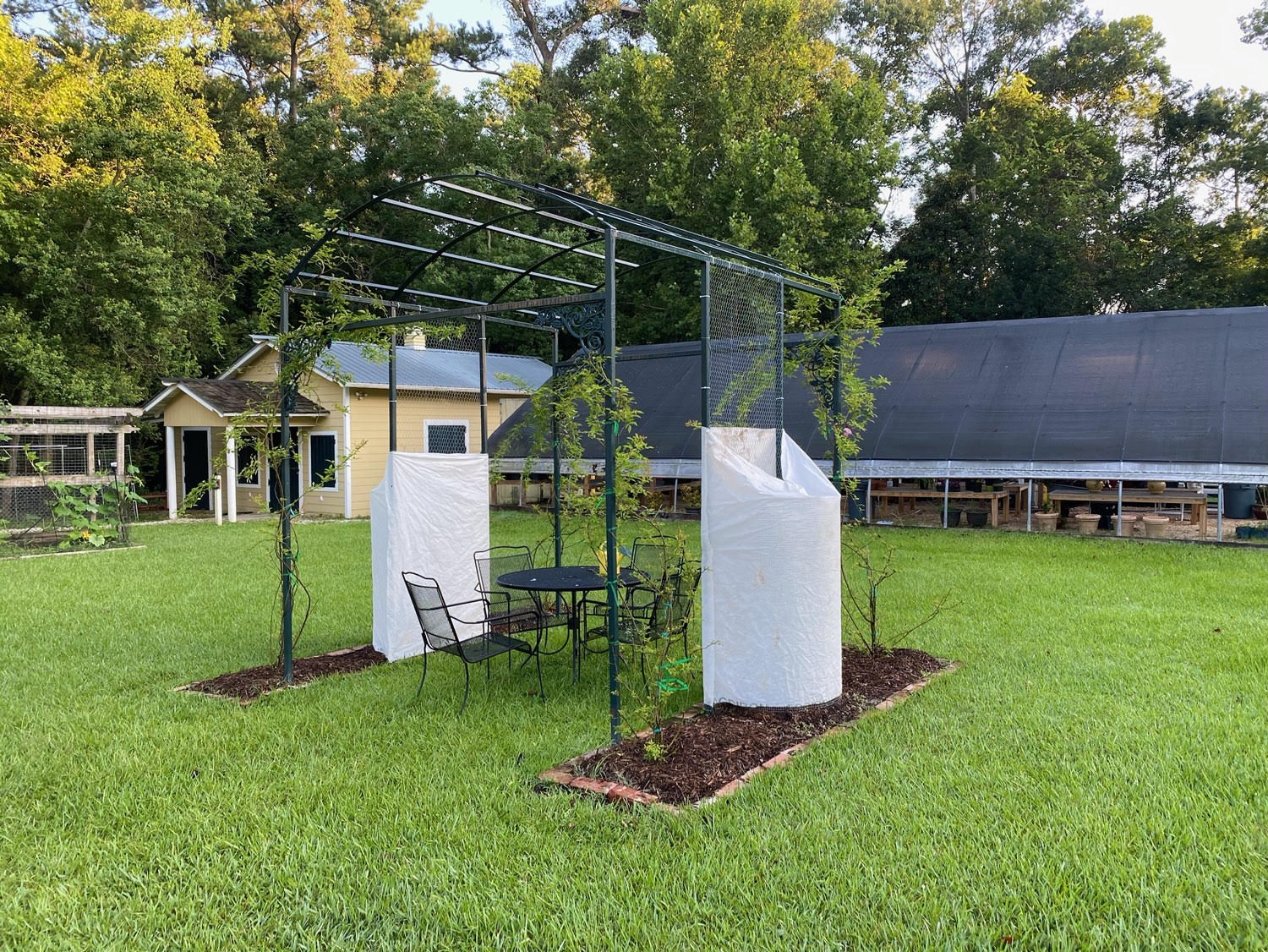
Image 6. Direct planted white mirliton with protective shade cloth at White Oak Estate and Gardens in Baton Rouge.
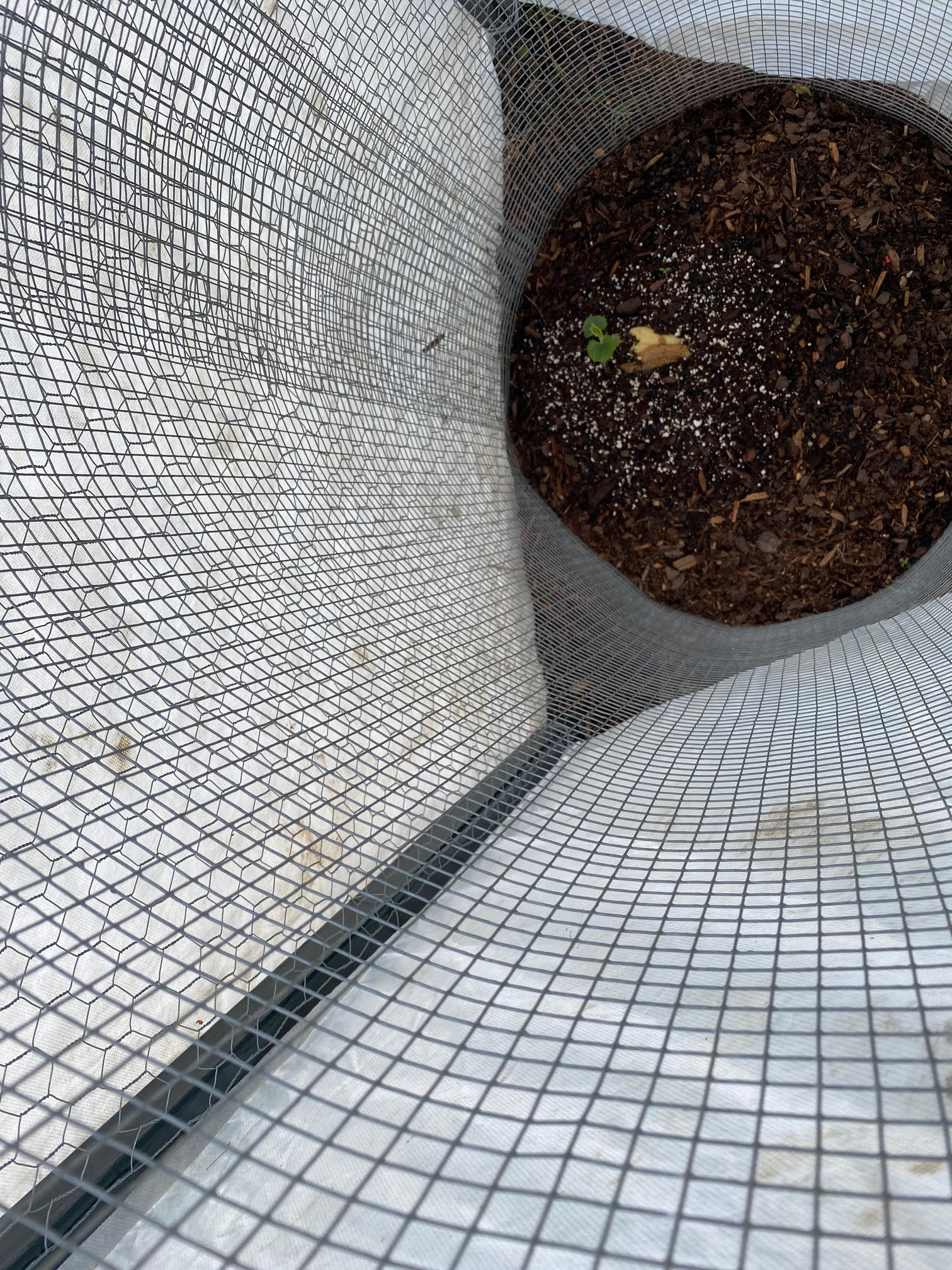
Image 7. Direct planted sprouting white mirliton with protective shade cloth at White Oak Estate and Gardens in Baton Rouge.
Some additional growing notes I would like to pass on from Chef John are “The White mirliton is definitely affected by the late June to mid-August heat. The mirliton seems to whiter and develops brown spots and begins to rot in this high heat. The mirliton once picked really needs to sit in a cool dark space (I put them in my bottom desk drawer to stay cool and dark until I started to see roots and vine sprout.) I then moved them out for planting. Next year however, I will definitely not rush this process. I’ll leave them in a cool, dark space until I have a nice vine growth 6-10 inches them plant under shade cloth to help establish a healthy plant.”
Education and Inspiration Through Food:
Shortly after we announced the Ishreal Thibodeaux White Mirliton Preservation Project, I was invited to appear on the local Mobile gardening radio show about the planned efforts. Mobile’s horticulturist, Bill Finch, is a great supporter of the traditional Gulf Coast vegetables and is very interested in mirliton. I am including the link to the show for those interested. The discussion starts around 23 minutes in:
https://fmtalk1065.com/podcast/plain-gardening-show-with-bill-finch-6-21-20-hour-1
This was then followed by an invitation to appear on July 5th on another Mobile radio show, Sip and Chew with Mike and Stu to discuss the project, as well as to learn more about mirliton in general. To help with the discussion, I brought them some food samples to help “educate their palates” on mirliton. Once again, if interested here is the link to the show as well as one of the dishes I prepared for them. The discussion lasts from 15-34 minutes:
https://audioboom.com/posts/7625135-sip-and-chew-7-05-20?fbclid=IwAR2zMJ2-FxvKrJXvvUp1BhnBh4qfAiCxMch0O0DNrf-bRQGD6dYssIetQmo
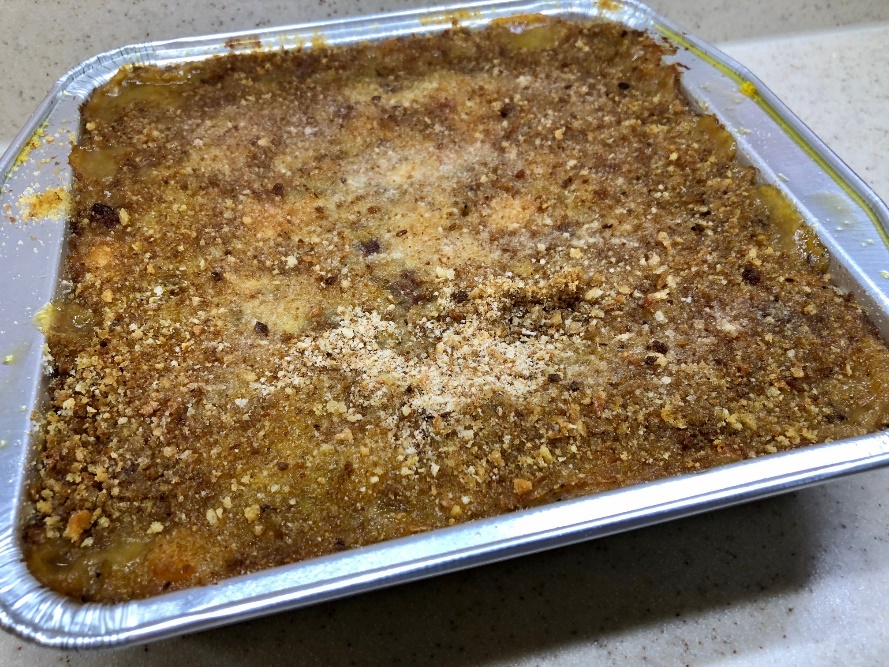
Image 8. Mirliton, Andouille, & Gulf Shrimp Dressing ala Mobile, Alabama. Recipe in link https://youtu.be/g14oA1nmJ7Y
Finally, on July 24th, my family and I visited Chef John at White Oak to check on the progress of his original vine and see how the potted seed mirlitons were doing. In addition, he and I took one of his few remaining Ishreal Thibodeaux white mirlitons from this spring harvest and prepared one of his classic mirliton recipes. Attached is the link to the video of our work so the readers can see why we get so excited about preserving the white mirliton and mirlitons in general. https://youtu.be/trMlF_fu_CE
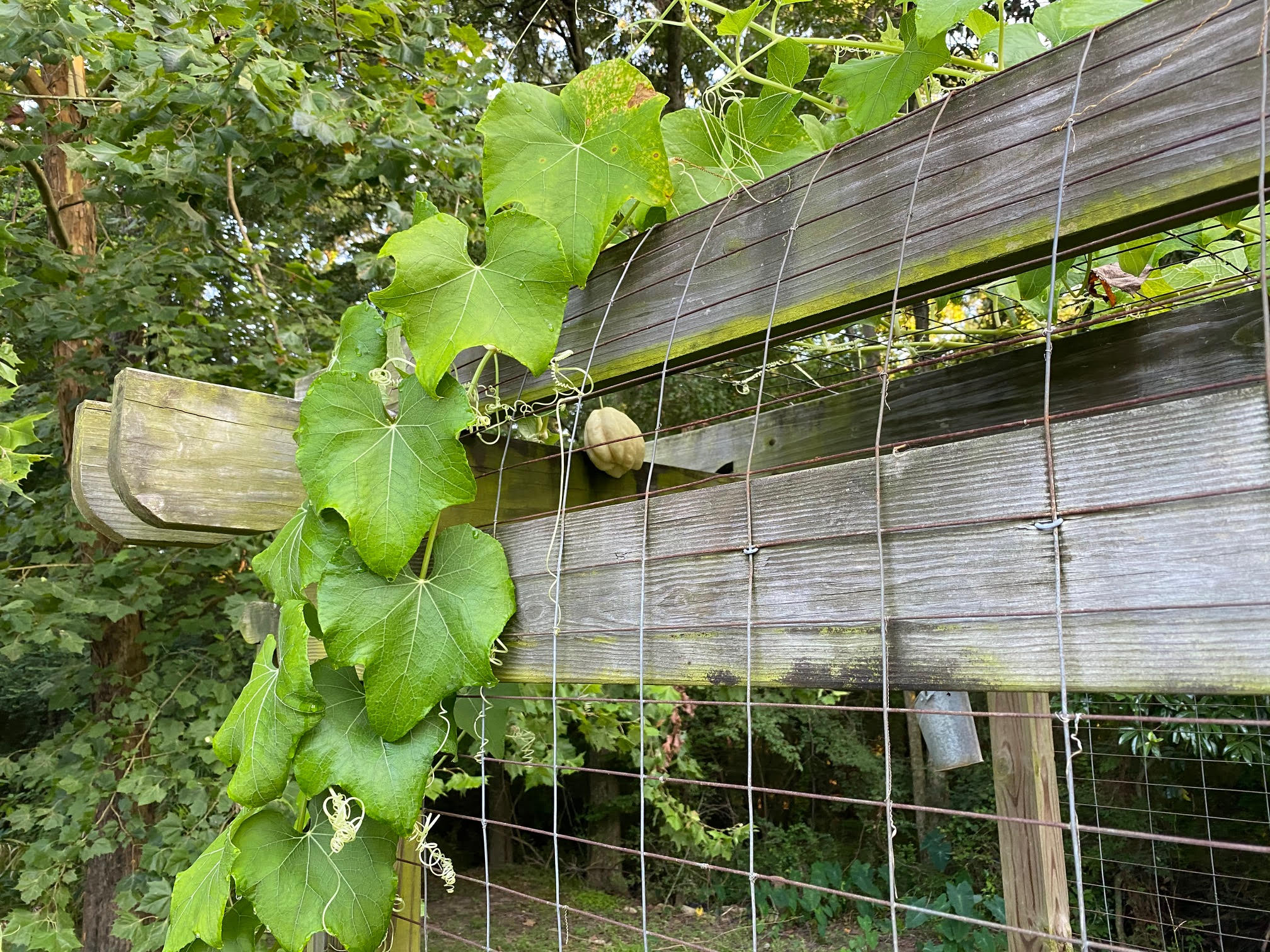
Image 9. The original white mirliton vine at White Oak Estate and Gardens in Baton Rouge is still continuing to thrive through the hot July weather.

Image 10. Chef John Folse’s Crabmeat- and Shrimp-Stuffed White Mirliton https://youtu.be/trMlF_fu_CE
Closing Thoughts for Effort So Far:
This update will be the first of many to come, hopefully monthly, to detail the subscribers to Mirliton.org on the progress being made to restore the Ishreal Thibodeaux variety. As you can see, the team of growers have been quite busy since we announced the project. As we go into August, we along the Gulf Coast will be especially on guard to protect these plants to ensure they make it through perhaps the hottest and most brutal month for us. Rest assure that all on the project will do their utmost to get through this time so that we are able to transfer the potted vines into the soil and focus on hopefully what will be a successful but possibly small first crop.
If you have any comments, questions, or suggestions, please send them to me David J. Hubbell at rpcajun2r@gmail.com. Thank you.
by Lance Hill | Aug 15, 2019 | Mirliton
As we head into the final month before the beginning of fall flowering, it’s a good time to pause and prepare. Our method of gardening is the “worse-case event” technique; the old saying that “mirlitons take care of themselves” is no longer true. Due to changing climate, mirlitons need an attentive caregiver. The best way to nurture mirlitons is to plan for all predictable events even if they are improbable. The summer heavy rains and intense heat have stressed plants, but here are some tips to anticipate the possible problems and ensure a good harvest.
Monitor your vines daily. Nothing is better than spending some quality time with your mirliton scouting for pests, disease, and watering problems. As my friend and mirliton expert grower Paul D’Anna says, get your morning cup of coffee and visit your vine daily.
Diseases. This is the time for the plant disease anthracnose which thrives on high heat and moisture. Colletotrichum lagenerium, the fungus that causes anthracnose, is a global problem and there is no effective organic treatment for it. But generally plants that suffer some die-off in August normally recover in September and fruit. Remove the yellowed and dead leaves and place in a plastic bag and dispose. Here are some photos and FAQs on the disease:
How to Diagnose Anthracnose
Anthracnose infected leaves
Wilting Anthracnose
Not all wilting is caused by anthracnose. Mirlitons will naturally wilt during the day in July and August yet they recuperate at night when they normally uptake water. Drying out actually toughens the leaves and protects them from disease. To diagnose soil moisture problems, look for traces of guttation and use a bamboo stake to test soil moisture daily.
Insects. Leaffooted stink bugs tend to show up for mirliton buffet once flowering starts. See examples of juvenile and adult bugs here. They are tough critters and mature bugs are impervious to insecticides, but they can easily be picked off with a butterfly net or a hand vacuum. I use a portable 20 volt vacuum with a PVC pipe extension (grandkids love to suck up pesky bugs), but a cheap butterfly net will suffice. Again, remove the bugs to a bag and dispose. We are experimenting with a “trap crop” strategy to divert stink bugs and will report out soon.
Pollinators. Mirlitons need honey bees to fruit but bees are scarce these days, especially in cities that experienced flooding and hurricanes that ruined bee habitat. A bee keeper told me he removed hundreds of hives while re-roofing houses damaged by hurricane Katrina. That was their favorite home in the city. If you don’t see bees visiting your mirliton flowers about midmorning when bees normally forage, you have two options. One is to hand-pollinate which is easy and fun. See the technique here. Second is to apply a bee pheromone like Beescent in September-October to attract bees. There are no studies on mirlitons and bee attractants, though some research shows they are effective with specific crops. I will offer you the worst kind advice gardening advice on the subject; I tried it and it works for me.
Weave your vine. High winds can traumatize vines and disturb flowering. The solution is simple; as the vine grows, weave the tips of vines through your trellis so that it secures itself to the wire trellis. Best to do this throughout the whole growing season, but it’s never too late to start.
Install a sprinkler system now while it is hot and fun to get wet while setting it up. A cheap rotary sprinkler activated when temperatures are forecast to drop below 40 degrees f. at night will protect your vine from early frost. The method works, saving mirlitons through September to November cold snaps. See a simple rotary sprinkler mounted above a trellis here and a ground-mounted sprinkler here.
by Lance Hill | May 4, 2019 | Mirliton
Jason Fricke Saves An Endangered Heirloom Mirliton Variety in Texas
By Lance Hill
I had a long friendship with Jason Fricke of Pearland, Texas, a city within the Houston metropolitan area, in starting his project to be the first person to grow Louisiana heirloom mirlitons in Texas. Our email correspondence dates back nine years. Fricke was raised in New Orleans and moved to Houston, where he longed to expand mirliton growing to Texas. And there was a large demand for Mirlitons in Texas, do to the large migration of mirliton-loving Louisianans that occurred after the 2005 Hurricane Katrina.
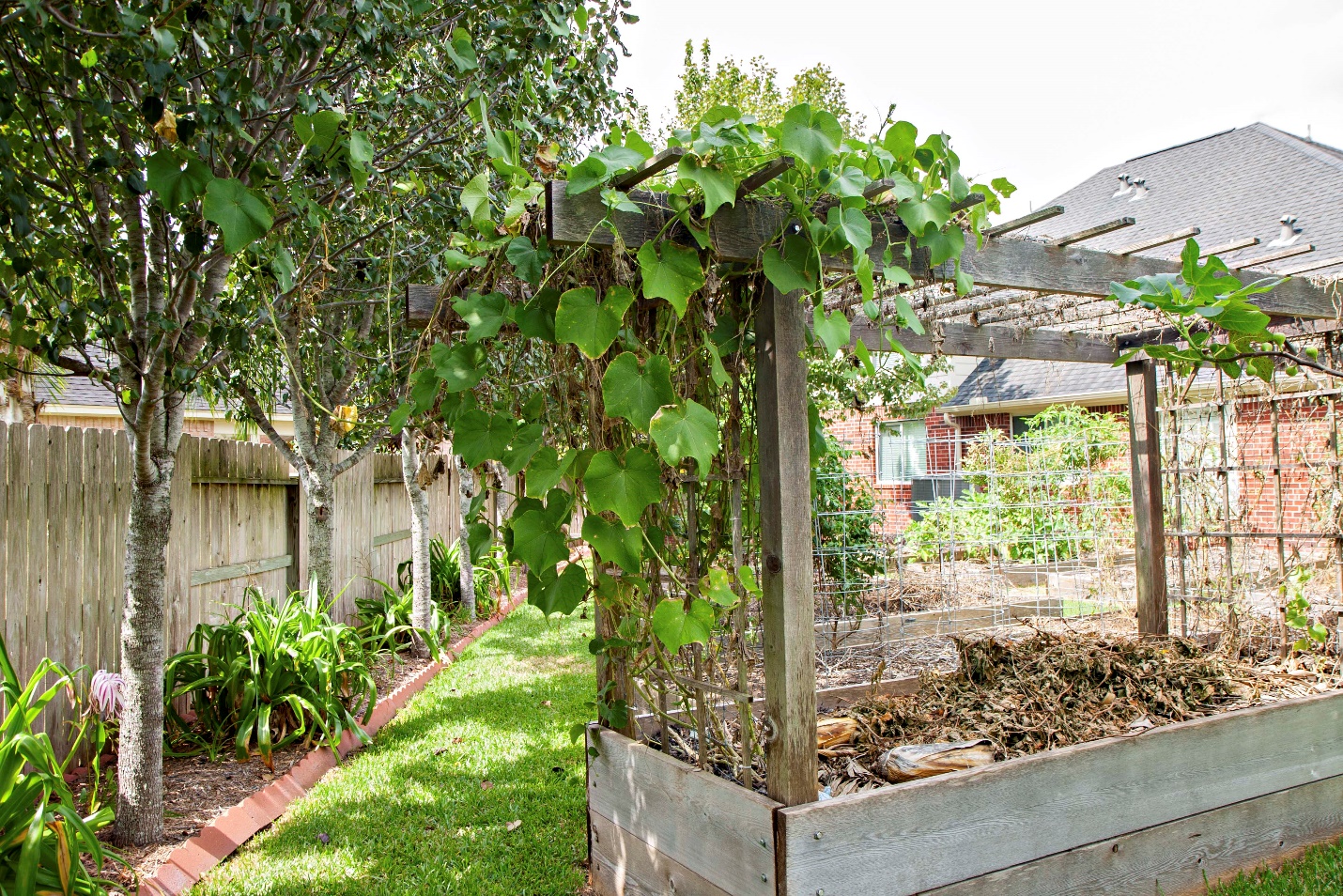
Figure 1 Jason Fricke’s mirliton site in Pearland, Texas in 2014
Fricke is a persistent and thorough gardener. He read all Mirliton.Org research and listened to our recommendations. We started out encouraging him to grow mirlitons that matched his home’s climate and altitude. South Texas is similar to hot and humid coastal Louisiana; Houston is at 43 feet altitude, nearly sea-level like coastal Louisiana, and has 53 inches of annual rainfall, also comparable to Louisiana.
The first step was to provide a Louisiana heirloom mirlitons to Fricke. The most certain way to determine if a mirliton is indeed an heirloom variety is to ask the question: was the variety locally-grown or was it purchased from a store and of unknown origin? We started by giving Fricke the “James Boutte” variety from New Iberia, Louisiana that had been grown for decades by James Boutte and his son Kevin. After a few site visits to the Boutte garden in New Iberia, the elder Boutte donated several sprouts for us to place with new growers. (see the massive Boutte vine here)
We gave some of these sprouts to Fricke and after a few years of false-starts, finally in November 2014 Fricke had success, proving that mirlitons could be grown in Texas with the right variety and proper techniques. Fricke harvested 44 mirlitons of which twenty were good seed-size and were given to fellow Texans who wanted to grow them. A few were huge and reserved to expand Fricke’s garden. The smaller ones were used for Thanksgiving dinner, as is an old Louisiana tradition. The harvest was produced by four vines located in three planting spots. The diameter of the stems at the ground were 4.5”, 4.5”, 5” and 6”.
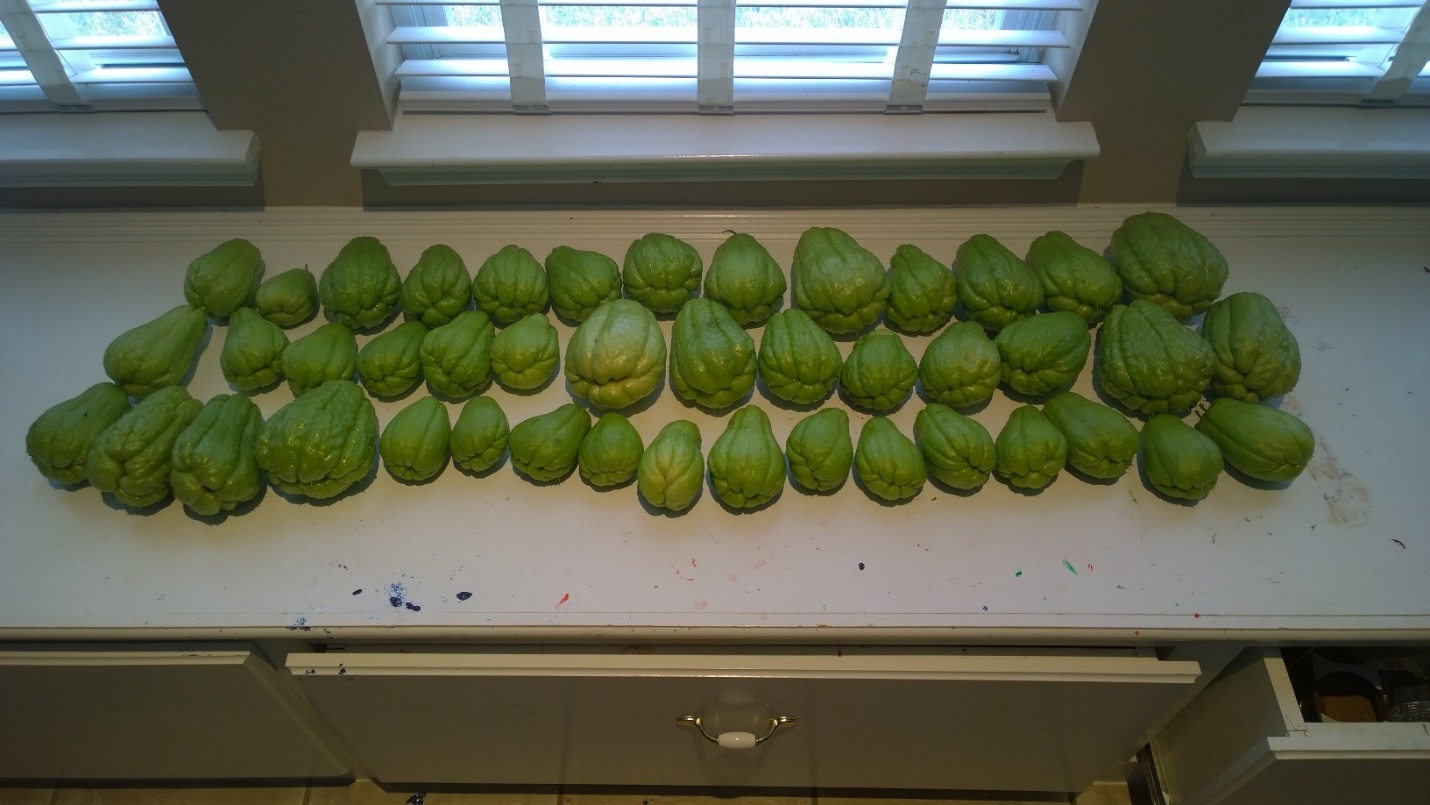
Figure 2 Fall harvest for Houston, Texas, November 2014, James Boutte heirloom mirliton variety
Originally, Fricke built a raised bed, 12″ deep and 4’x 20′ in dimensions. The problem was that the beds were not deep enough. Mirlitons don’t tolerate wide fluctuations in soil moisture content. The damping and drying-out stresses the plant and contributes to plant diseases like anthracnose. It is important that the raised bed sits on ground soil that is also well-drained. If the ground soil is soaked, the bed cannot drain properly and the raised-bed soil will also be water-logged also (bed drainage can easily be ensured by adding a perforated drain pipe to the bed, see link),
Fricke solved that problem by deepening the bed to 24”, evening out soil moisture fluctuations. He worked in sphagnum moss and used a good grade of potting soil. He placed the bed on the highest 25% of the yard, sitting on the ground soil which was a loamy clay. There was about a half-inch gap between the cedar boards and the ground soil so the whole bed was slightly raised above ground level. The bed was covered by a horizontal goat-fence trellis about 5′ above the bed.
When Fricke began growing mirlitons in 2011 he also planted cucuzza in the same bed. We advised him against growing any other cucurbit is the same garden. Cucuzza, cucumbers and other garden cucurbits are hybridized for resistance to plant fungi; that means that they can host the anthracnose fungi and while the fungus won’t kill the hybridized plants, the plants act as a sporelator spreading spores that can infect the mirliton. I have observed that successful mirliton growers grow only mirlitons and no other cucurbits to avoid this problem. Fricke removed the cucuzza and cleared the way for a healthier environment.
Fricke also began to increase his odds of success by planting multiple sprouts. It is very hard to get one or two mirlitons to grow in the first year. Multiple plantings can always be thinned out later.
In 2013, Fricke obtained 15 sprouts from James Boutte’s son, son Kevin who had taken over the vine. He learned a great deal by experimenting with different planting methods. Interestingly, out of 15 vines that Fricke started, only six made it through the summer heat of Houston. Of those original 15 vines, the three that thrived the most were planted directly in the raised beds the previous November. So starting the plants six months before in the fall was more effective than direct planting in the spring. This makes sense since a fall planting gave mirlitons several months to develop a root structure before the summer heat and rains.
Fricke had filled the beds with “Living Earth Rose Soil”, a high-quality container soil available throughout Texas, which is basically a very porous sandy soil, high in compost and organic matter. He then top-dressed the beds with his own compost and mulched a few times per year. He worked in a lot of sphagnum peat moss so that the top half of the bed was 1/3 peat. For fertilizer, Fricke added a small amount of Microlife 8-4-6 in April and some liquid 10-8-8 foliar feeding in June.
He also adjusted the watering schedule and used a drip system to try to keep the moisture levels more even. The beds drained quickly due to the sandiness, even during heavy rains. The peat moss also made a very apparent difference in moisture retention.
Now, several years into his successful mirliton project, Fricke is eager to provide “James Boutte” mirliton variety to other Texas growers.
It was none too soon. James Boutte, the scion of the variety that bore his name, died in 2015 at the age of 97. His family lost the land to the bank, so the entire mirliton farm died off.
But thanks to Jason Fricke’s determined and creative work, the “James Boutte” variety survives in its new home in Texas. 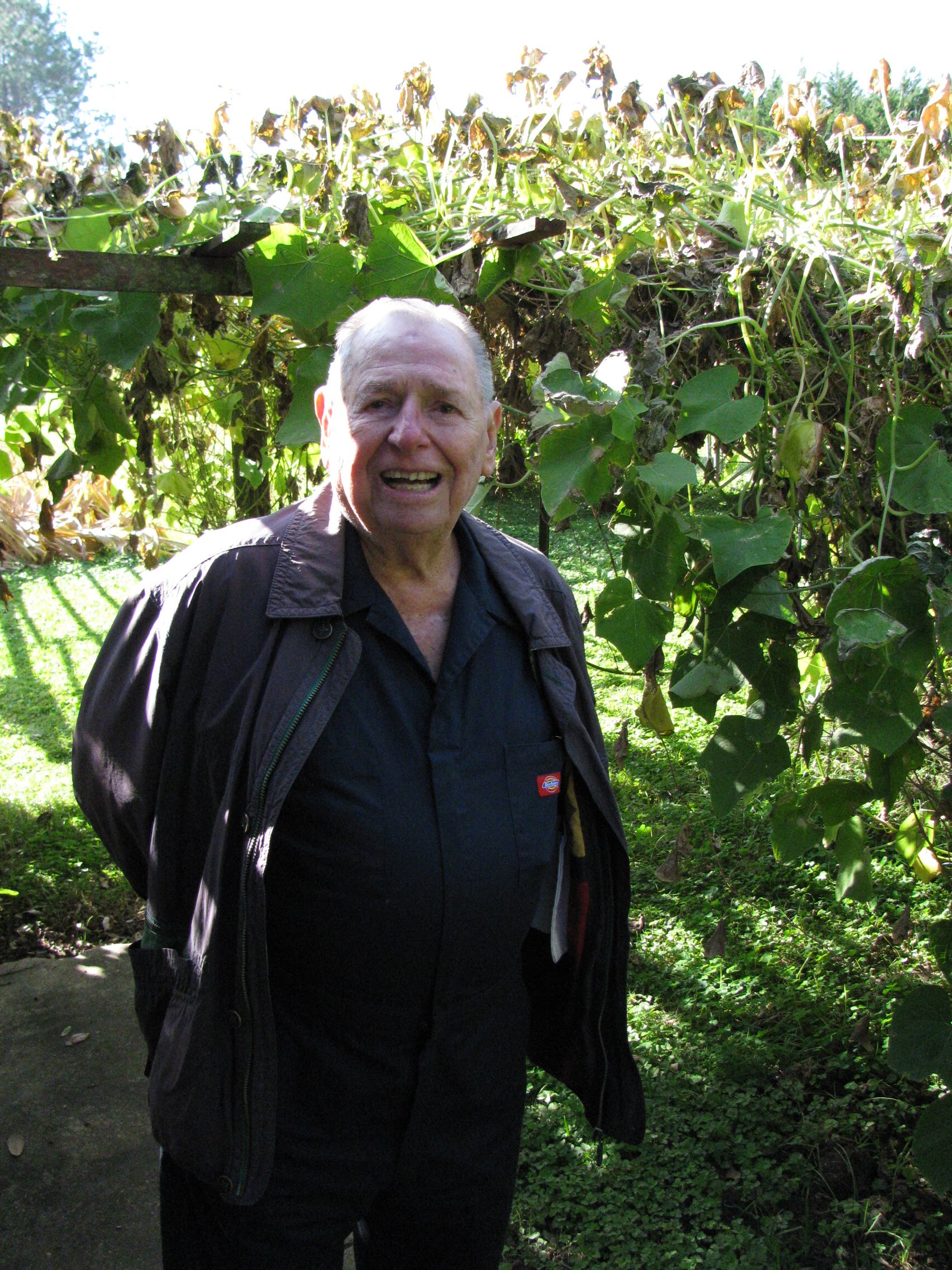
Figure James Boutte. New Iberia, Louisiana, 2010. Boutte died in 2017.














Recent Comments